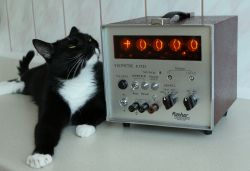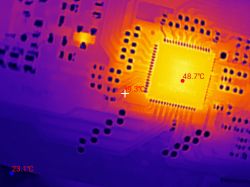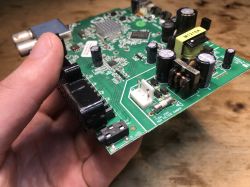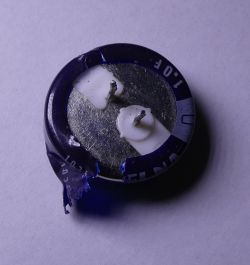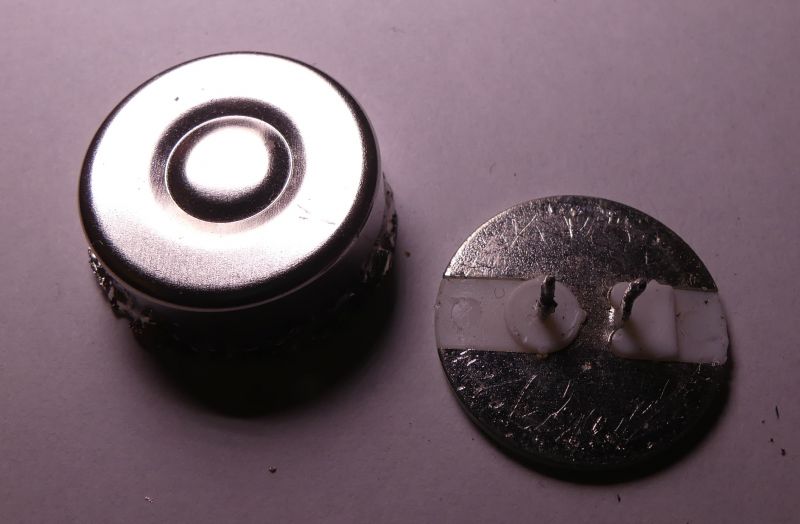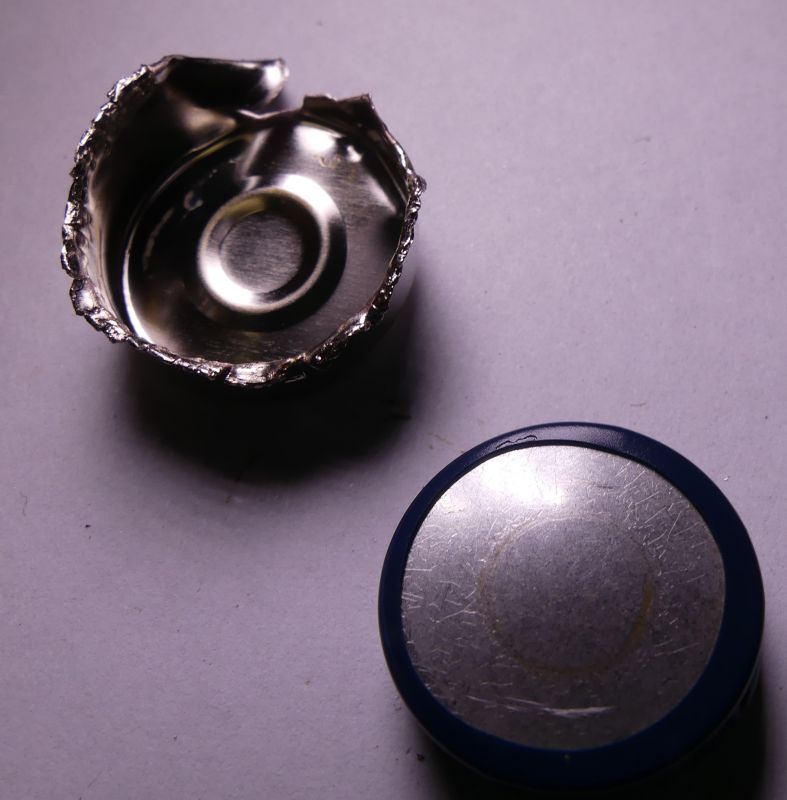Surprised by the damage to the supercapacitor, I described the repair of the fault in the topic: Damage to the EDLC supercapacitor (RTC hold). Reading the answers, I learned from @bestler that this is a standard fault and I overestimated the durability of supercapacitors supporting the operation of RTC systems in relation to traditional batteries and disposable cells, e.g. CR2032.
@tmf pointed out that the EDLC can spill and destroy the PCB, @ritterx suggested that there are two series capacitors inside. We'll see what's inside the damaged capacitor.
It's exactly as you predicted, inside there are two capacitors that have leaked. It's good that the whole thing is in an additional housing.
I wonder if spercapacitors are used in a housing such as a button cell?
If so, you can easily confuse such a capacitor with a disposable cell or a battery (unless it has a meaningful marking on the board or a print on the housing).
@tmf pointed out that the EDLC can spill and destroy the PCB, @ritterx suggested that there are two series capacitors inside. We'll see what's inside the damaged capacitor.
We remove the plug with the leads, you can see the electrolyte and the contact to the capacitor inserted into the metal housing, it is a "push-in" connection without additional welding or soldering.
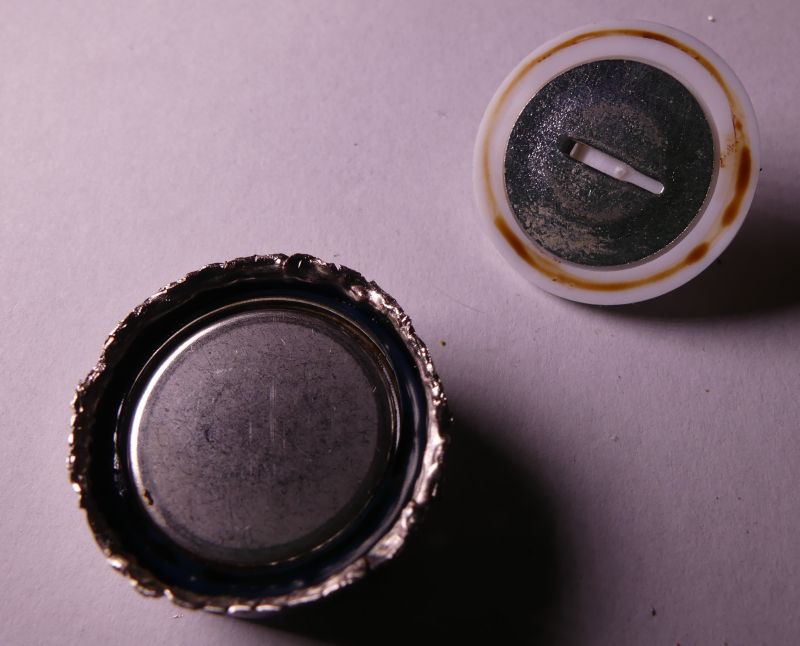

They are two capacitors connected in series. The housing resembles a button cell. There is a spring-loaded conductive pad between the capacitors.
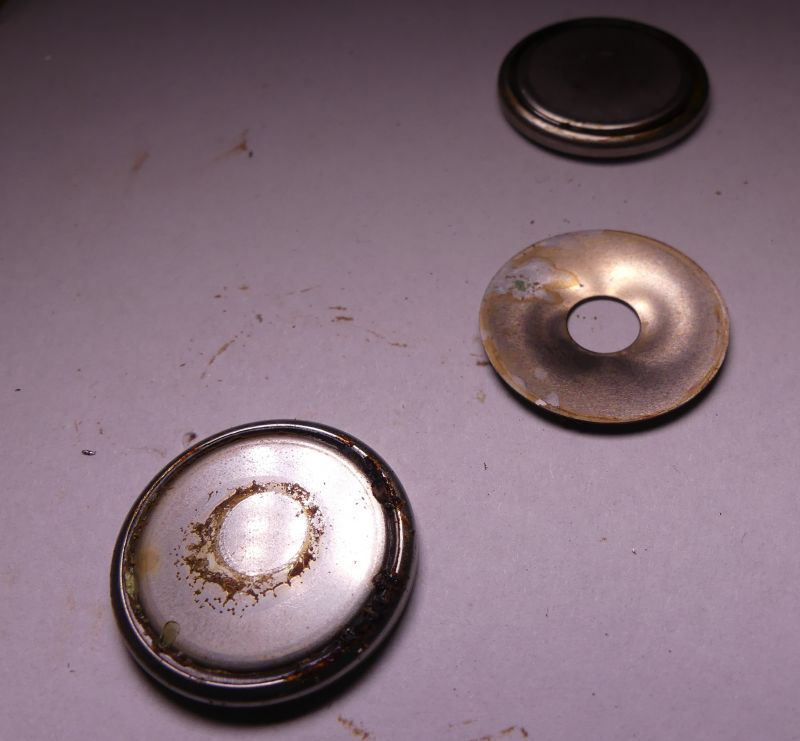

It's exactly as you predicted, inside there are two capacitors that have leaked. It's good that the whole thing is in an additional housing.
I wonder if spercapacitors are used in a housing such as a button cell?
If so, you can easily confuse such a capacitor with a disposable cell or a battery (unless it has a meaningful marking on the board or a print on the housing).



